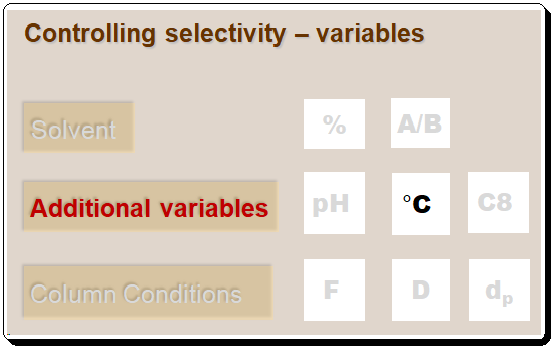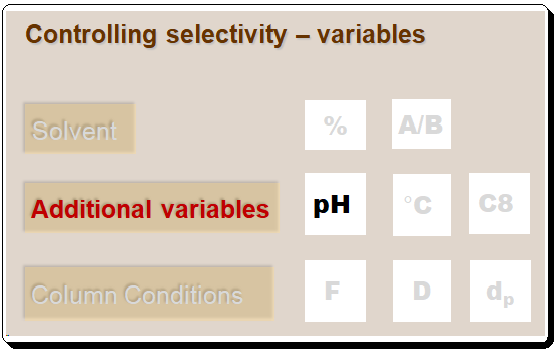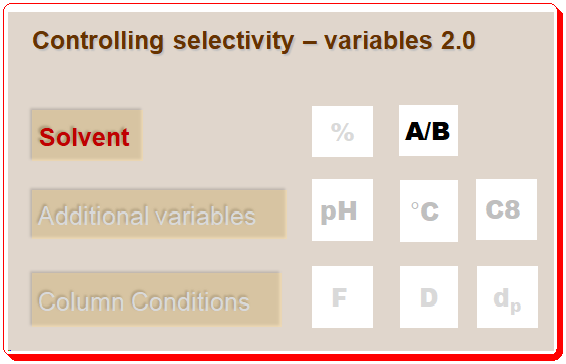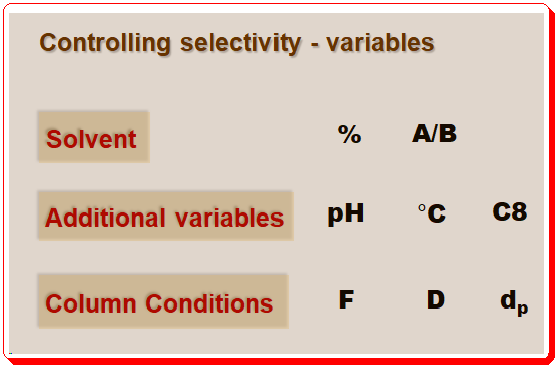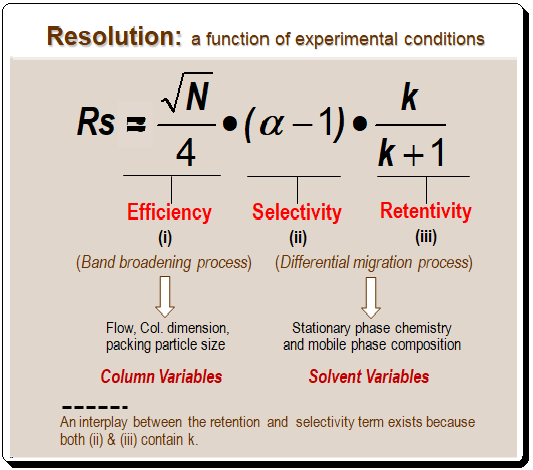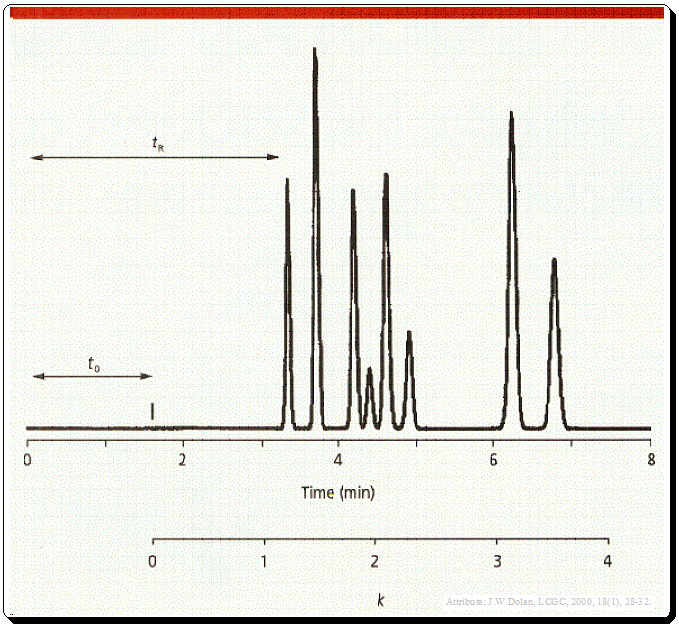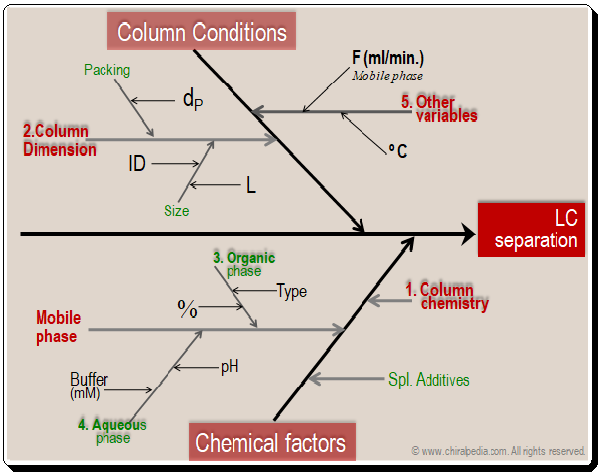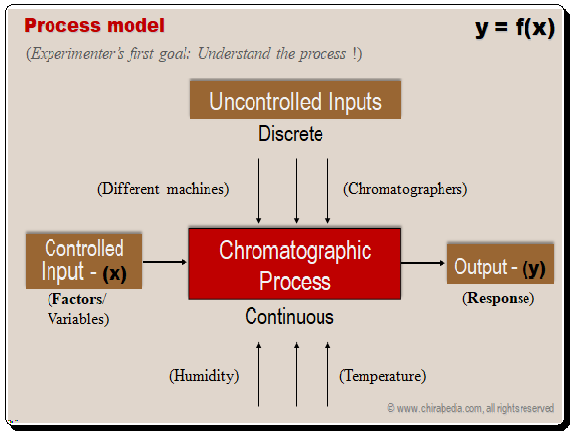Controlling selectivity-Additional factors-2.0 – temperature
Lead In the earliest posts we saw the how solvent concentration and type are powerful tools for controlling separation and also discussed these variables alone may not be sufficient for achieving the desired sample resolution. In such cases chromatographers may seek to employ other parameters to adjust selectivity viz.. In the last post the discussion was focused on the influence of pH on selectivity. In this blog the focus will be on the effect of …
Controlling selectivity-Additional factors-2.0 – temperature Read More »
